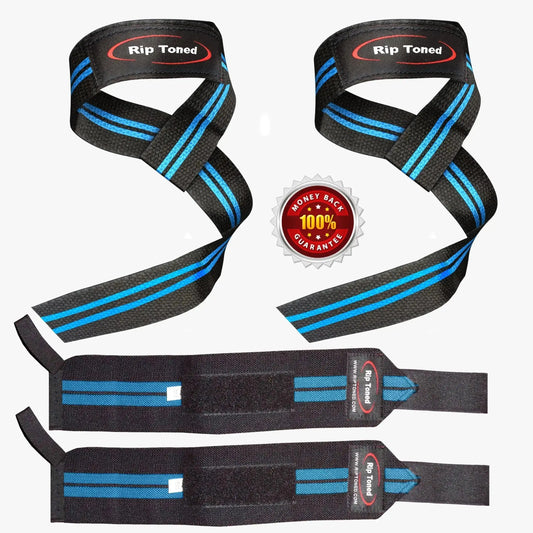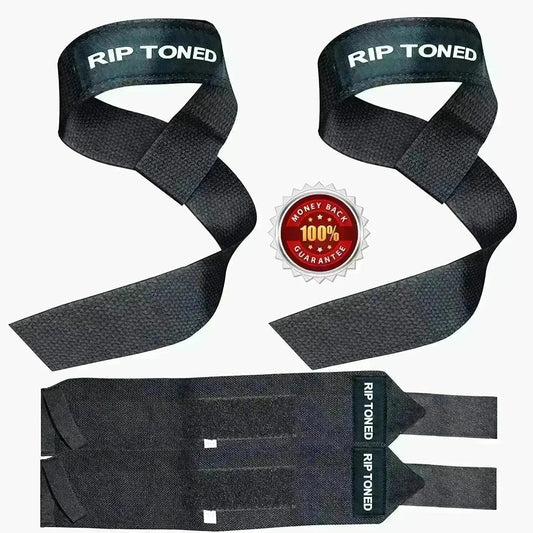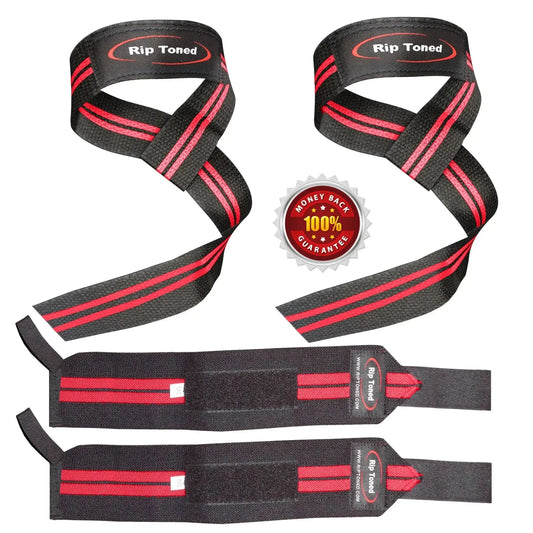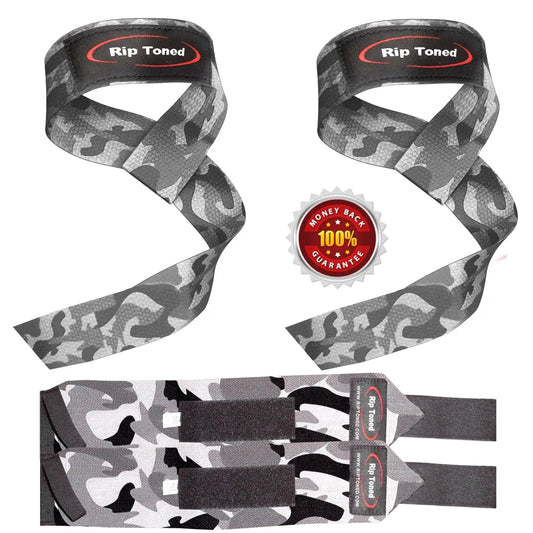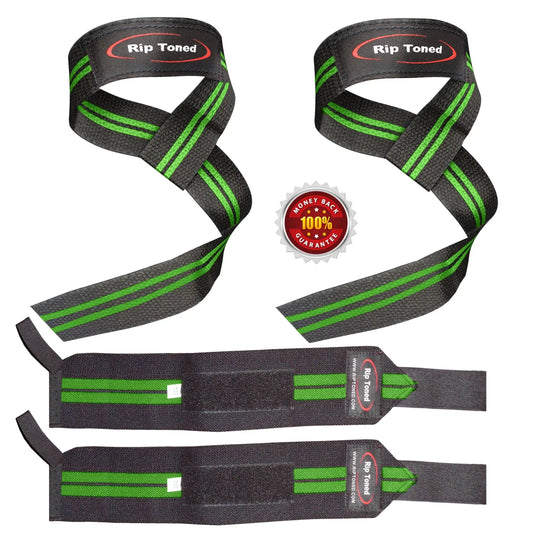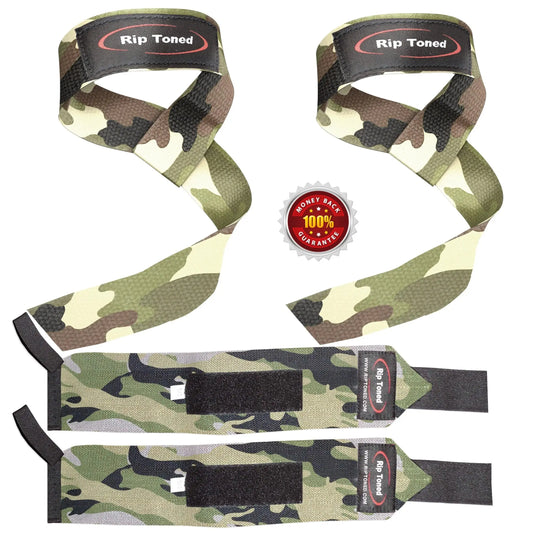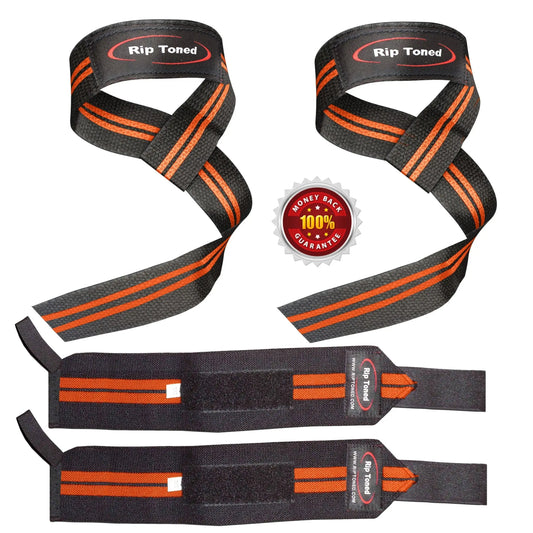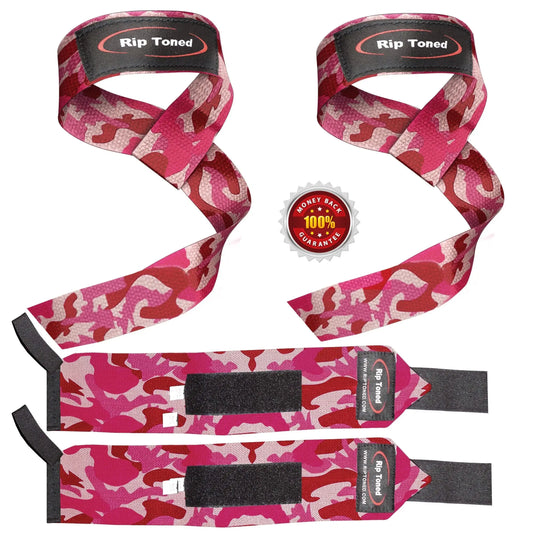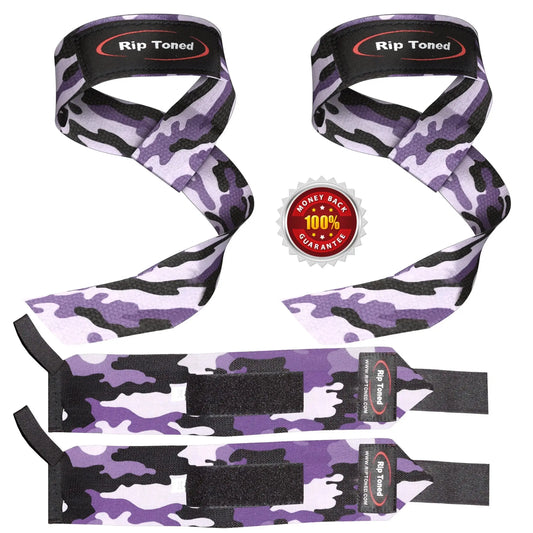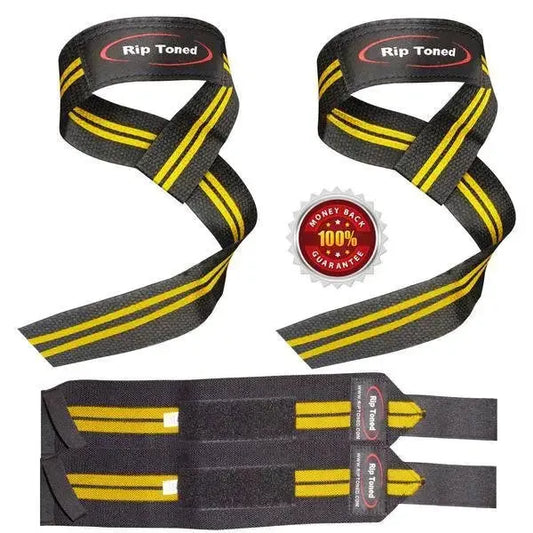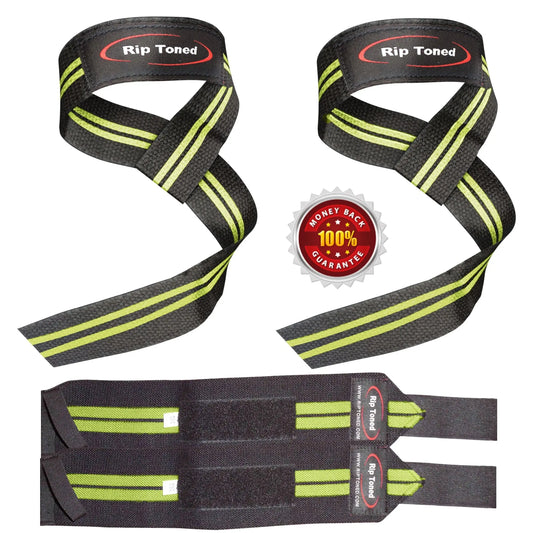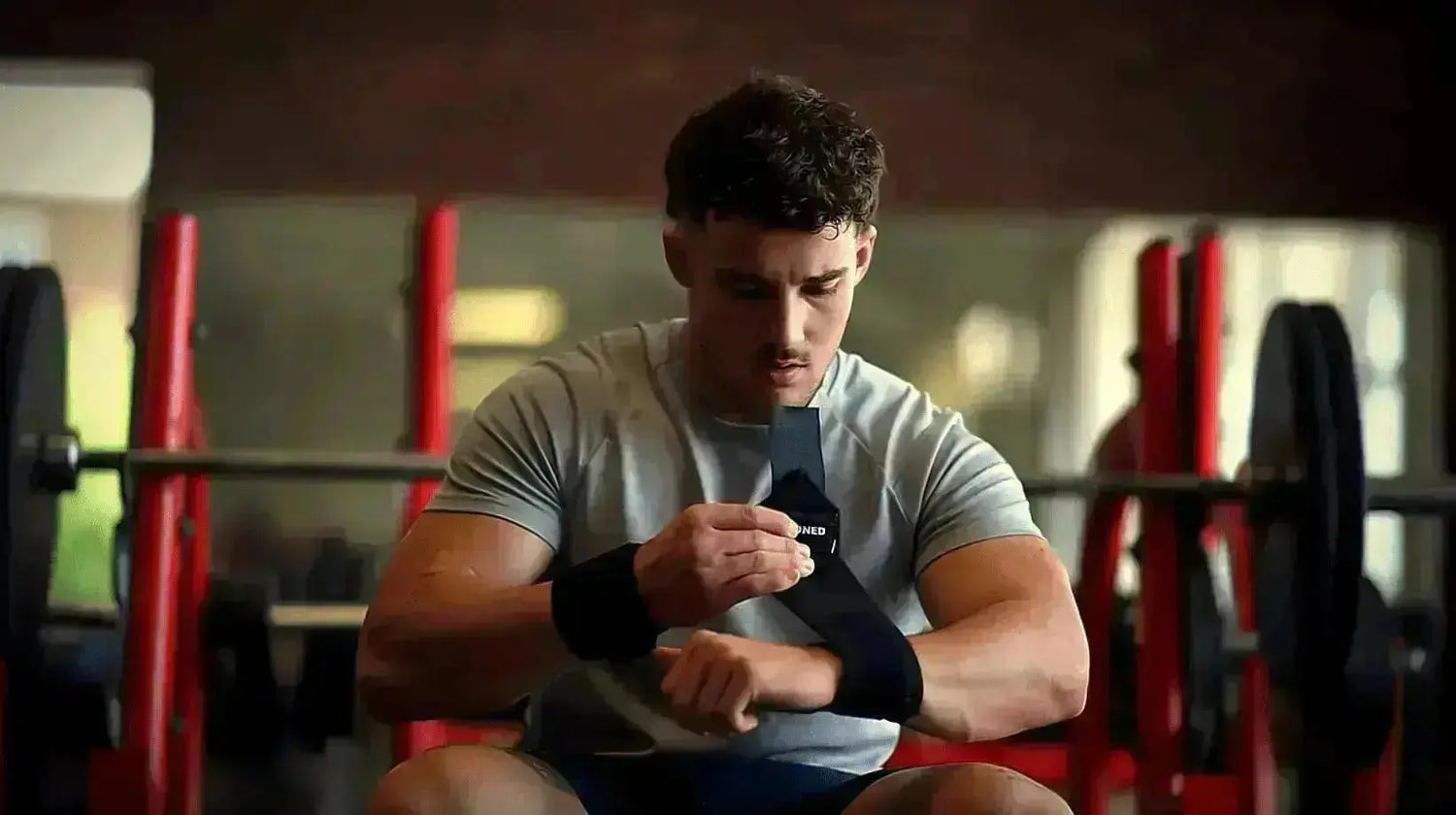
Powerlifting Wrist Wraps
Weightlifting Wrist Support
Powerlifting Wrist Wraps for Competition & Heavy Training Sessions
-
Wrist Wraps (Stiff) - Small Flower
Crush Your Limits, Not Your Wrists Experience next-level lifting confidence...
Regular price $17.99 USDRegular priceUnit price per$19.99 USDSale price $17.99 USDSale -
Wrist Wraps (Stiff) - White
Crush Your Limits, Not Your Wrists Experience next-level lifting confidence...
Regular price $17.99 USDRegular priceUnit price per$19.99 USDSale price $17.99 USDSale -
Lifting Straps & Wrist Wraps Combo Pack - Blue
Lift Harder. Train Smarter. Recover Better — Combo Style. The Rip Toned Wrist...
Regular price $13.99 USDRegular priceUnit price per$19.97 USDSale price $13.99 USDSale -
Lifting Straps & Wrist Wraps Combo Pack - Blue Less Stiff (18-inch Wrist Wraps)
Lift Harder. Train Smarter. Recover Better — Combo Style. The Rip Toned Wrist...
Regular price $14.99 USDRegular priceUnit price per$22.97 USDSale price $14.99 USDSale -
Lifting Straps & Wrist Wraps Combo Pack - Blue Stiff (18-inch Wrist Wraps)
Lift Harder. Train Smarter. Recover Better — Combo Style. The Rip Toned Wrist...
Regular price $14.99 USDRegular priceUnit price per$22.97 USDSale price $14.99 USDSale -
Lifting Straps & Wrist Wraps Combo Pack - Full Black Less Stiff (18-inch Wrist Wraps)
Lift Harder. Train Smarter. Recover Better — Combo Style. The Rip Toned Wrist...
Regular price $14.99 USDRegular priceUnit price per$22.97 USDSale price $14.99 USDSale -
Lifting Straps & Wrist Wraps Combo Pack - Full Black Stiff (18-inch Wrist Wraps)
Lift Harder. Train Smarter. Recover Better — Combo Style. The Rip Toned Wrist...
Regular price $14.99 USDRegular priceUnit price per$22.97 USDSale price $14.99 USDSale -
Lifting Straps & Wrist Wraps Combo Pack - Red
Lift Harder. Train Smarter. Recover Better — Combo Style. The Rip Toned Wrist...
Regular price $13.99 USDRegular priceUnit price per$19.97 USDSale price $13.99 USDSale -
Lifting Straps & Wrist Wraps Combo Pack - Red Less Stiff (18-inch Wrist Wraps)
Lift Harder. Train Smarter. Recover Better — Combo Style. The Rip Toned Wrist...
Regular price $14.99 USDRegular priceUnit price per$22.97 USDSale price $14.99 USDSold out -
Lifting Straps & Wrist Wraps Combo Pack - Red Stiff (18-inch Wrist Wraps)
Lift Harder. Train Smarter. Recover Better — Combo Style. The Rip Toned Wrist...
Regular price $14.99 USDRegular priceUnit price per$22.97 USDSale price $14.99 USDSale -
Lifting Straps & Wrist Wraps Combo Pack - Gray Camo
Lift Harder. Train Smarter. Recover Better — Combo Style. The Rip Toned Wrist...
Regular price $13.99 USDRegular priceUnit price per$19.97 USDSale price $13.99 USDSale -
Lifting Straps & Wrist Wraps Combo Pack - Gray Camo Less Stiff (18-inch Wrist Wraps)
Lift Harder. Train Smarter. Recover Better — Combo Style. The Rip Toned Wrist...
Regular price $14.99 USDRegular priceUnit price per$22.97 USDSale price $14.99 USDSold out -
Lifting Straps & Wrist Wraps Combo Pack - Gray Camo Stiff (18-inch Wrist Wraps)
Lift Harder. Train Smarter. Recover Better — Combo Style. The Rip Toned Wrist...
Regular price $14.99 USDRegular priceUnit price per$22.97 USDSale price $14.99 USDSold out -
Lifting Straps & Wrist Wraps Combo Pack - Green
Lift Harder. Train Smarter. Recover Better — Combo Style. The Rip Toned Wrist...
Regular price $13.99 USDRegular priceUnit price per$19.97 USDSale price $13.99 USDSale -
Lifting Straps & Wrist Wraps Combo Pack - Green Camo
Lift Harder. Train Smarter. Recover Better — Combo Style. The Rip Toned Wrist...
Regular price $13.99 USDRegular priceUnit price per$19.97 USDSale price $13.99 USDSale -
Lifting Straps & Wrist Wraps Combo Pack - Orange
Lift Harder. Train Smarter. Recover Better — Combo Style. The Rip Toned Wrist...
Regular price $13.99 USDRegular priceUnit price per$19.97 USDSale price $13.99 USDSold out -
Lifting Straps & Wrist Wraps Combo Pack - Pink Camo
Lift Harder. Train Smarter. Recover Better — Combo Style. The Rip Toned Wrist...
Regular price $13.99 USDRegular priceUnit price per$19.97 USDSale price $13.99 USDSale -
Lifting Straps & Wrist Wraps Combo Pack - Purple Camo
Lift Harder. Train Smarter. Recover Better — Combo Style. The Rip Toned Wrist...
Regular price $13.99 USDRegular priceUnit price per$19.97 USDSale price $13.99 USDSale -
Lifting Straps & Wrist Wraps Combo Pack - Yellow
Lift Harder. Train Smarter. Recover Better — Combo Style. The Rip Toned Wrist...
Regular price $13.99 USDRegular priceUnit price per$19.97 USDSale price $13.99 USDSold out -
Lifting Straps & Wrist Wraps Combo Pack - Yellow Fluorescent
Lift Harder. Train Smarter. Recover Better — Combo Style. The Rip Toned Wrist...
Regular price $13.99 USDRegular priceUnit price per$19.97 USDSale price $13.99 USDSale
Wrist Wraps Reviews
-
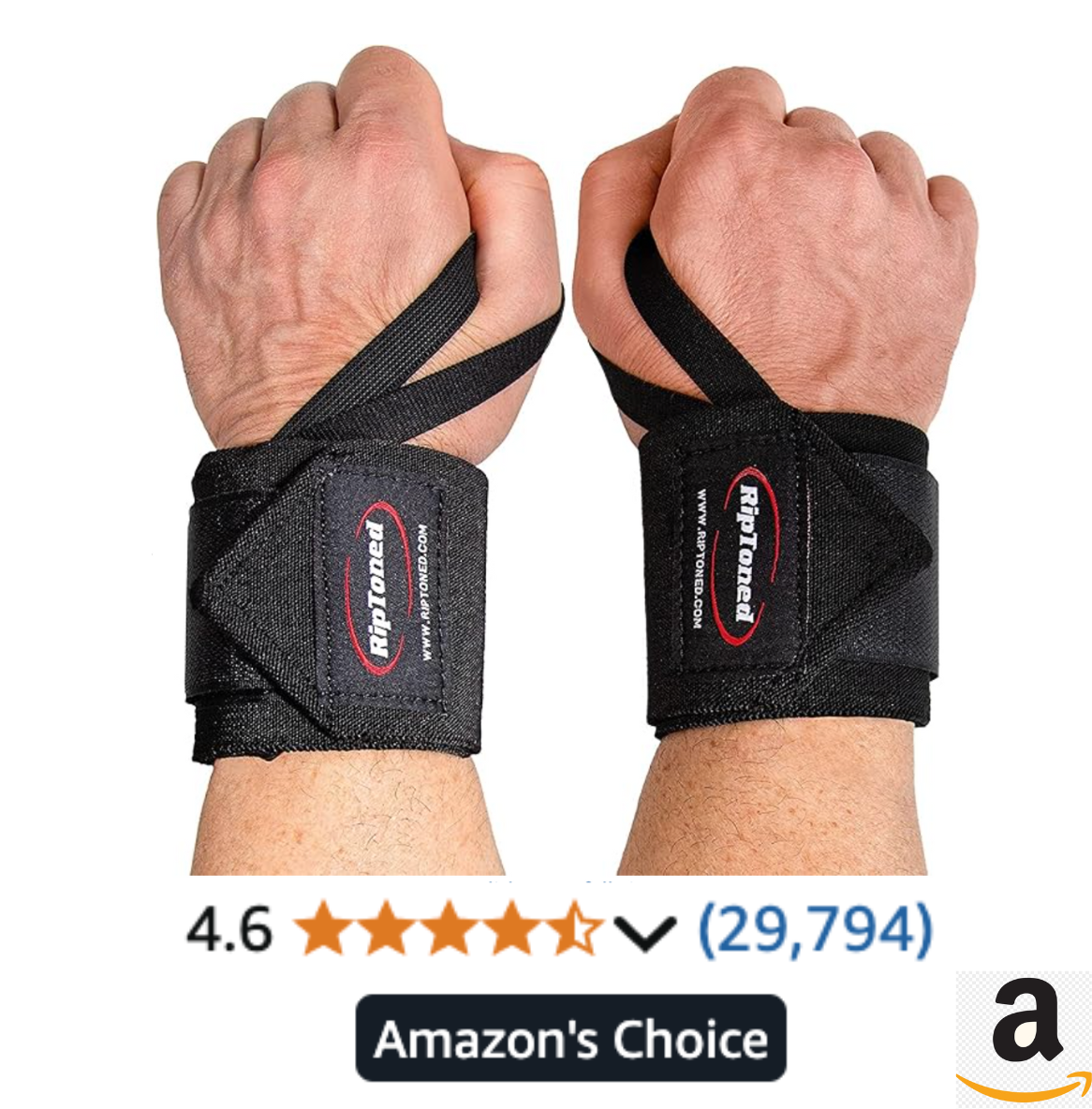
Almost 30K Reviews
Used by over 1,000,000 lifters worldwide
-
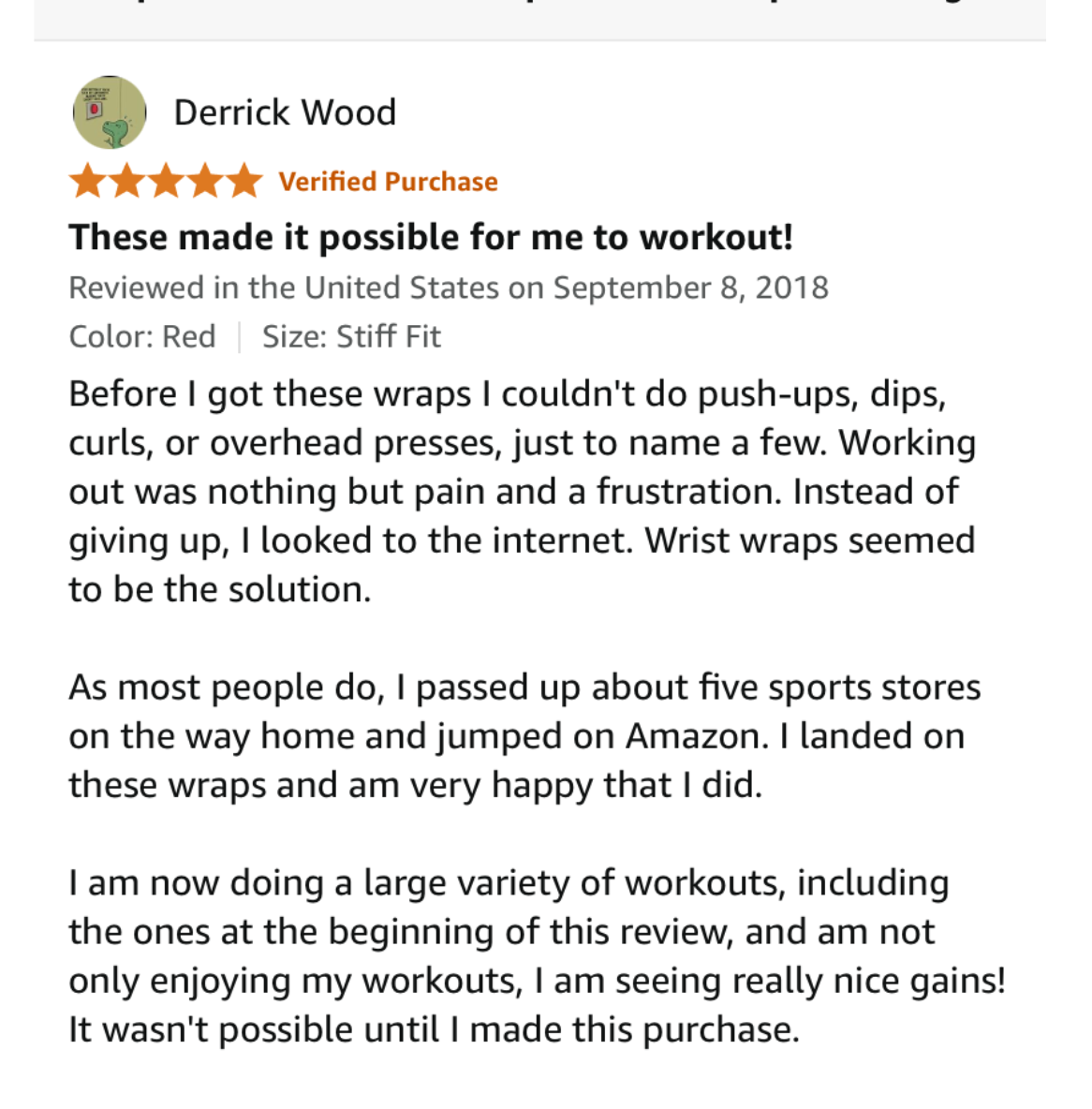
Derrick's Wraps Story
Thousands more similar reviews...
-
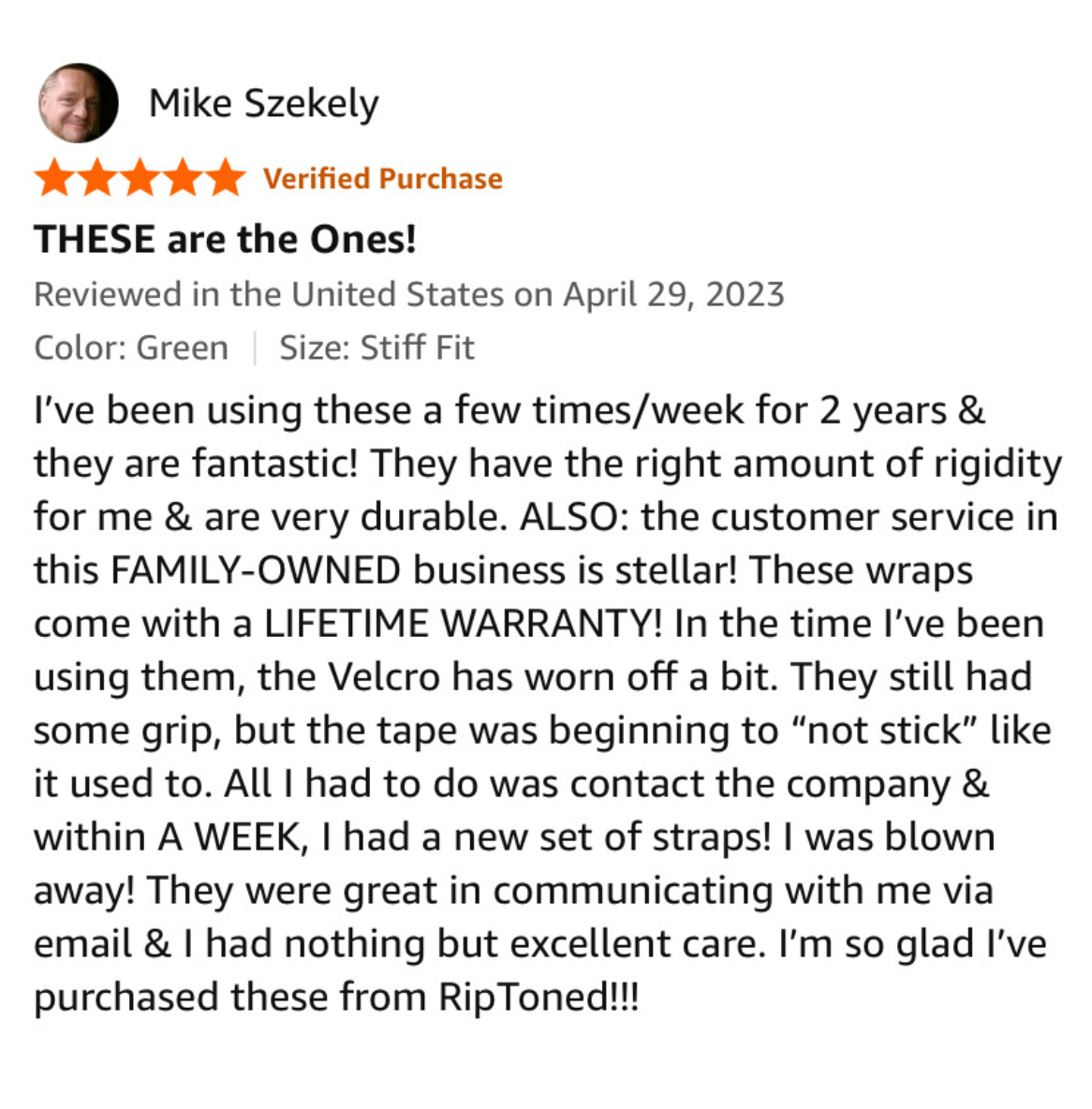
Makes Us Blush a Little :)
"Fantastic" "Durable" "Warranty"... Need More?
Our Wrist Wraps in the Trenches
-
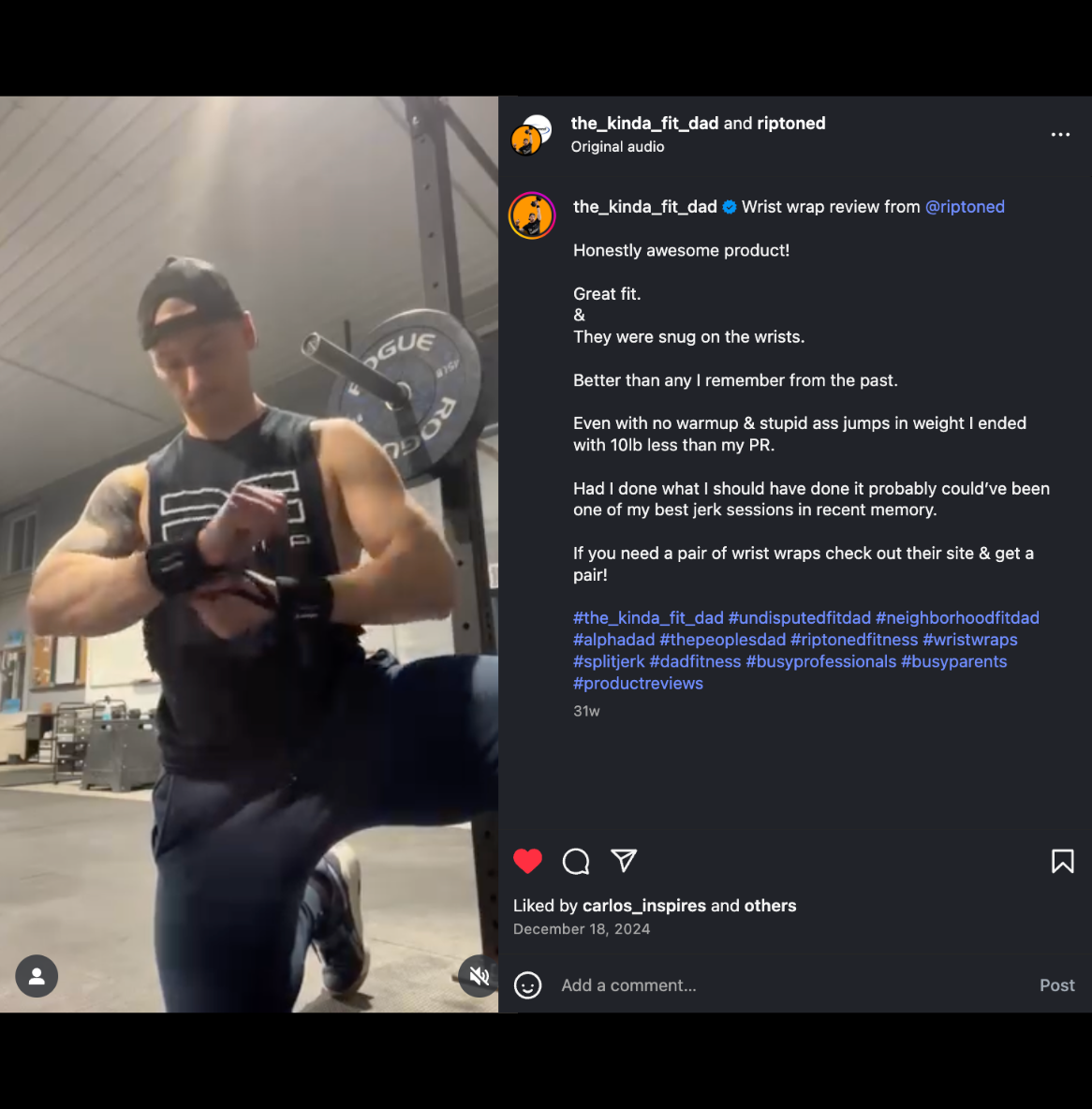
@the_kinda_fit_dad
Rockin' our wrist wraps.
-
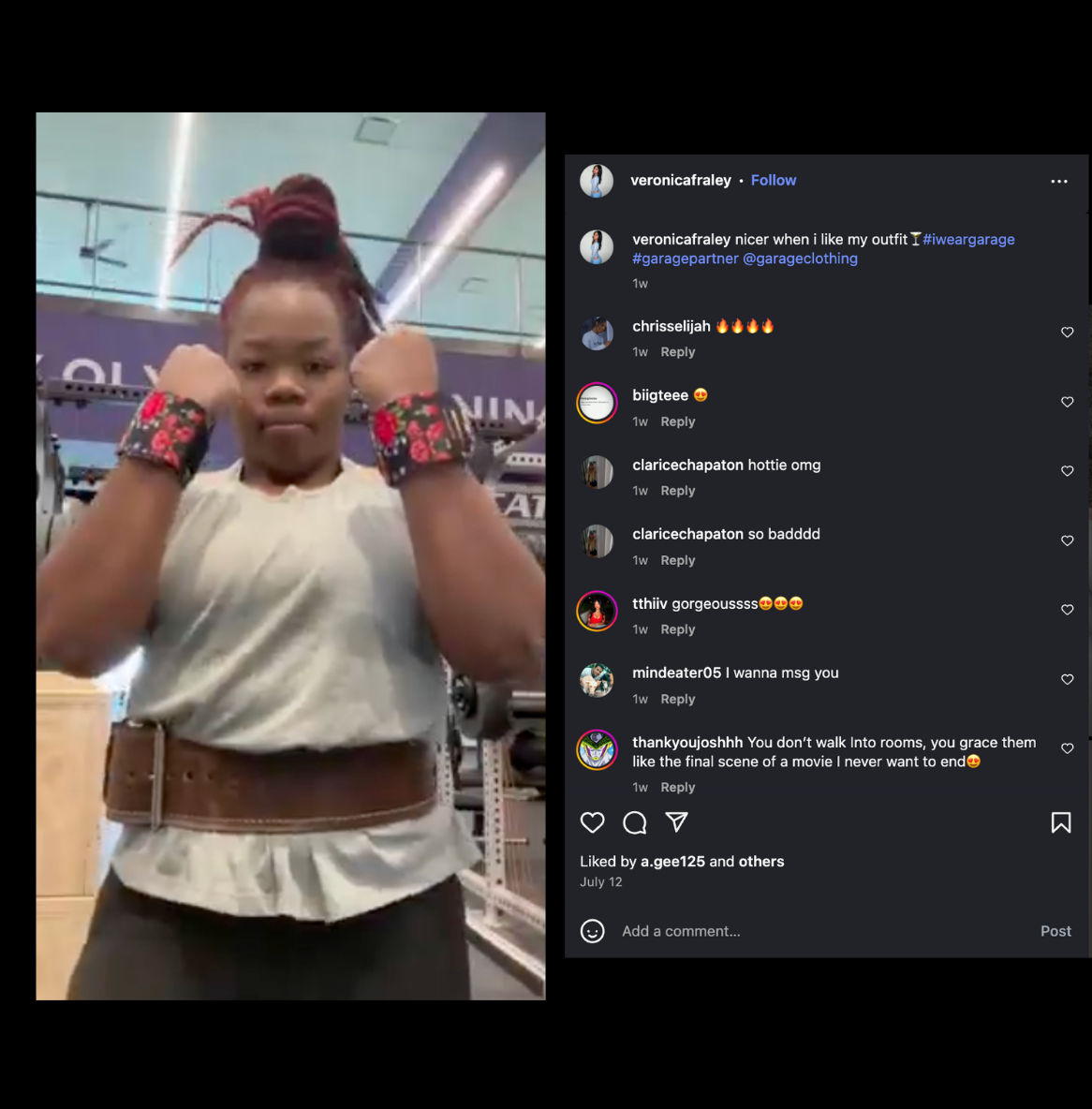
@veronicafraley
Loving the floral wraps
-
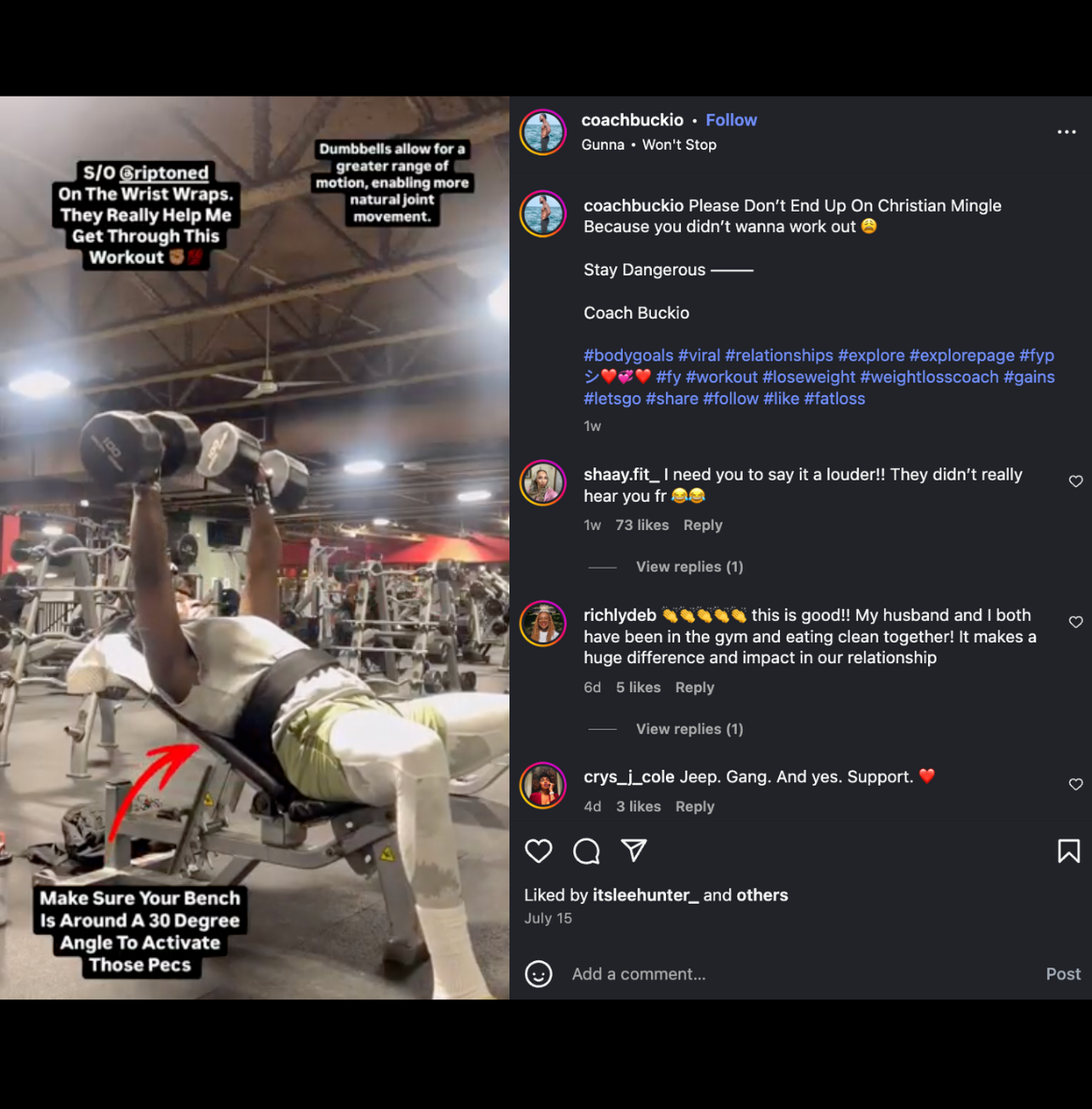
@coachbuckio
Pressing weight
Rip Toned USPA Powerlifting Wrist Wraps
Transform your training sessions with our powerlifting wrist wraps, specifically engineered for serious lifters who demand maximum wrist stability and support.
Whether you're pushing for a new bench press personal record or grinding through heavy squat sessions, these competition-grade wraps provide the confidence you need to lift heavier and train harder.
Our powerlifting wrist wraps combine premium materials with time-tested designs that have helped thousands of athletes break through plateaus and achieve their strength goals. Don't let wrist discomfort hold you back from reaching your full potential in the gym.
Why Choose Powerlifting Wraps for Your Training?
When you're serious about powerlifting, every piece of equipment matters, and powerlifting wrist wraps are absolutely essential for anyone looking to maximize their lifting potential safely. Wrist wraps serve a crucial role in weightlifting by maintaining the wrist in a neutral position during exercises, promoting proper form, and preventing overextension, making them mandatory equipment for serious powerlifters on bench press and squat movements.
Think of your wrists as the critical link between your hands and the massive weights you're moving - without proper support, this weak link can become the limiting factor in your lifts. Professional powerlifters understand that consistent training with heavy loads requires protection against repetitive stress and potential injury, which is exactly what quality wrist wraps provide.
Key Features of Our Lifting Wraps
Our training wraps stand out from generic fitness accessories because they're built specifically for the demands of serious strength training and competition lifting. Every detail is meant to improve stability, provide confidence, and help you blast through even the heaviest bench sessions, with reinforced thumb loops that won't fall apart after one use and competition-grade construction.
The premium cotton-polyester blend material provides the perfect balance of support and comfort, while the professional-grade Velcro closure system ensures a secure fit that won't slip during your most intense sets. You'll also appreciate the reinforced stitching throughout the wrap, which prevents fraying and extends the lifespan of your investment, plus the moisture-wicking properties that keep your hands dry during long training sessions.
Benefits of Using Wrist Wraps
Enhanced Protection
The primary benefit of wrist braces for lifting is the superior protection they provide against both acute injuries and long-term wear from repetitive heavy lifting. Wrist wraps can help keep athletes safe, avoid injuries or nagging pains, and stay consistent in their fitness program by preventing hyperextension during heavy lifts. Your wrists naturally want to bend backward under heavy loads, especially during bench pressing and overhead movements, but this hyperextension can lead to painful strains, tendinitis, or even more serious joint damage over time.
By maintaining proper wrist alignment, these wraps act as an external support system that reduces stress on the delicate ligaments and tendons in your wrist joint. This protection becomes even more critical as you progress to heavier weights where the forces involved can easily exceed your wrist's natural capacity to maintain stability.
Improved Performance
Beyond just protection, wrist straps for weightlifting and gym wrist wraps can actually enhance your lifting results. Many lifters find that using premium quality weight lifting wrist wraps such as Gymreapers wraps or Gymreapers strength wrist wraps helps them lift more weight and maintain great wrist support. When your wrists are properly stabilized with fitness wrist wraps for weightlifting, you can focus on the lift itself without the distraction of wrist discomfort.
The use of wrist wraps provides compression support and a higher level of tightness and support, improving force transfer from your body to the bar. This lets you channel more power into each rep and may add several kilograms to your lifts. Many report that wrist wraps help reduce strain, improve form, and increase confidence—especially with USPA approved powerlifting. Whether you’re using wrist wraps for weightlifting 18 inches or another length, the choice of wrist wraps can significantly enhance your lifting performance.
Reduced Fatigue
One often overlooked benefit of wrist wraps for working out is their ability to reduce fatigue, especially in the forearms and grip. Without firm support and support to the wrist joint, your forearm muscles overwork to stabilize the joint, which can weaken your wrist over time and shorten your session. Supportive wraps, like adjustable wrist wraps, keep your wrists secure, allowing you to train longer and harder.
By providing support and flexibility while preventing unnecessary strain, classic wrist wraps help you complete more sets at higher intensities. This improved lifting support allows lifting for men and women to be safer and more productive. Whether you’re looking for the best wrist gear for competitive lifting or casual training, a pair of wrist wraps is a smart choice for reducing fatigue and keeping form sharp from warm-up to final rep.
Better Form
Proper form is essential in powerlifting, and workout wrist straps may be the missing piece for many lifters. Wrist wraps come in various lengths and builds, but all are designed to secure your wrist and protect wrist pain by keeping it in a neutral position. This alignment allows the entire kinetic chain—from hands to shoulders—to work efficiently, preventing lack of wrist stability from breaking your form.
When you choose the looking for the best model of weightlifting wrist straps, you ensure wrist support during intense lifts while still maintaining the support and flexibility needed for accessory work. The result is better muscle activation, reduced compensation patterns, and safer lifts. Wraps are built for both beginners and seasoned athletes, and wrist wraps depends on your style, goals, and need for improved lifting support during training.
How to Choose the Right Powerlifting Wrist Wraps
Length Considerations
Choosing the right length for your powerlifting wrist wraps is crucial for getting the optimal balance of support, comfort, and functionality for your specific training needs. The length of the wrap affects the level of support and how snugly it fits, which is vital for exercises requiring wrist mobility.
Most serious powerlifters find that 18-20 inch wraps provide the sweet spot for heavy compound movements like bench press and squats, offering substantial support without being overly cumbersome. If you're a beginner, start with an 18" wrist wrap and move up as you progress to more dynamic lifts. Shorter 12- 16 inch wraps work well for accessory movements and lighter training days, while longer wraps of 24+ inches are typically reserved for maximum effort competition lifts where absolute stability is paramount.
Material Quality
The material composition of your wraps directly impacts both their durability and performance characteristics, making this one of the most important factors to consider. The main difference between types of wrist wraps is the material they are made from, which affects stability and support capabilities. High-quality cotton-polyester blends offer the best combination of support and comfort, providing firm stabilization while still allowing some natural wrist movement when needed.
Nylon and elastic wraps are more flexible and comfortable but provide less support, making them better suited for lighter training or rehabilitation work rather than serious powerlifting. Look for wraps with reinforced edges and premium stitching, as these details indicate a product built to withstand the rigors of heavy training over many years.
Closure System
The closure system of your workout wrist straps can make or break your training experience, affecting both convenience and security during your lifts. Velcro closures are the most common and easiest to use, while thumb loops provide a more secure fit. Professional-grade Velcro systems offer the perfect balance of quick adjustment and reliable hold, allowing you to dial in the perfect tightness for each exercise without wasting time between sets.
The closure system should secure the wrap without cutting off circulation, which is why quality matters so much in this component. Thumb loops with wrap-around designs provide maximum security for competition lifting but can be more time consuming to apply, making them better suited for max effort days rather than high-volume training sessions.
How to Put on Weightlifting Wraps Better and Faster
Powerlifting Wrist Wraps for Specific Exercises and Training Types
Gym Wrist Wraps for Bench Press
The bench press is where powerlifting wrist wraps truly shine, providing the stability and confidence needed to handle maximum loads safely and effectively. During heavy bench pressing, your wrists bear tremendous stress as they support hundreds of pounds while maintaining proper bar path and stability. Quality wrist wraps create a rigid platform that prevents the bar from rolling back toward your fingers, which not only improves safety but also allows for more efficient force transfer from your chest and triceps to the barbell.
Many powerlifters report immediate improvements in their bench press when they start using wraps consistently, often adding 15-25 pounds to their max simply because they can maintain better wrist position and feel more confident under heavy loads. The key is learning to wrap tight enough for stability without cutting off circulation, which takes practice but becomes second nature with consistent use.
Powerlifting and Competition Use
In competitive powerlifting, wrist wraps are not just helpful accessories but essential equipment that can make the difference between a successful lift and a missed attempt. Wrist wraps are an essential piece of equipment for a powerlifter to own and can be useful on every lift, with many coaches considering them mandatory for both bench press and squat techniques. Competition-grade wraps must meet specific regulations regarding length, width, and materials, so it's crucial to train with the same wraps you plan to use in competition.
The psychological benefit of consistent equipment cannot be overstated - when you're attempting a personal record in front of judges and spectators, you want every piece of gear to feel familiar and trustworthy. Many elite powerlifters develop specific wrapping rituals and techniques that become part of their pre-lift routine, helping them achieve the right mindset for maximum performance.
CrossFit and Functional Training
While powerlifting wraps are designed primarily for maximum strength training, they also have valuable applications in CrossFit and functional fitness contexts where high-intensity, high-volume workouts demand wrist stability. During workouts that combine heavy lifting with gymnastic movements or metabolic conditioning, your wrists face unique challenges from rapid transitions between different movement patterns.
Crossfit wrist wraps are a great tool for hypertrophy, weightlifting, and powerlifting, but they also help maintain performance quality during demanding WODs that include movements like handstand push-ups, front squats, and overhead pressing. The key for CrossFit athletes is finding wraps that provide adequate support without being so bulky that they interfere with grip-intensive movements like pull-ups or kettlebell swings.
Frequently Asked Questions
What makes powerlifting wraps different from regular gym wrist supports?
Powerlifting wraps are specifically designed for maximum stability and support during heavy compound lifts, featuring stiffer materials, longer lengths (typically 18-24 inches), and reinforced construction that can withstand the forces of competition-level lifting. Regular gym supports are usually shorter, more flexible, and designed for general fitness activities rather than handling hundreds of pounds of weight.
How tight should I wrap my gym wraps?
Your wraps should be tight enough to provide solid support and prevent wrist hyperextension, but not so tight that they cut off circulation or cause numbness in your fingers. A good rule of thumb is that you should be able to slide one finger underneath the wrap when it's properly applied. The tightness may vary depending on the exercise and weight being used.
Can power lifting wraps help me lift more weight?
Yes, wrist wraps can help you lift more weight by providing wrist stability and allowing better force transfer through proper positioning. Many lifters see immediate improvements of 10-25 pounds on their bench press when they start using quality wraps consistently. The increased confidence and reduced fear of wrist injury also allows you to focus fully on the lift.
What length wraps should I choose?
For most powerlifters, 18-20 inch wraps provide the optimal balance of support and usability. Beginners should start with 18-inch wraps, while advanced lifters handling very heavy weights may prefer 20-24 inch wraps for maximum stability. Shorter 12-16 inch wraps work well for accessory exercises or lighter training days.
Should I wear lifting wraps for all my exercises?
Powerlifting wraps are most beneficial for heavy compound movements like bench press, overhead press, and front squats. You don't need to wear them for every exercise - use them primarily when handling heavy weights or when your wrists feel fatigued. Overusing wrist wraps can lead to dependency, so reserve them for when you actually need the support.
How do I care for and maintain my wrist wraps?
To maintain your gym wraps, air dry them after each use to prevent odor and bacteria buildup. Hand wash them occasionally with mild detergent and cold water, then air dry completely. Never put them in the washing machine or dryer as this can damage the elastic fibers and Velcro closure system.
Are wrist wraps allowed in competition?
Yes, wrist wraps are legal in most powerlifting federations, but there are specific regulations regarding maximum length (usually 20-24 inches), width (typically 3-4 inches), and materials allowed. Always check your specific federation's rulebook and train with competition-legal wraps to ensure compliance on meet day.
What's the difference between cotton and elastic wraps?
Cotton-polyester blend wraps offer more rigid support and are preferred for heavy powerlifting, while elastic wraps provide more flexibility and comfort but less maximum support. Most serious powerlifters choose cotton-blend wraps for their superior stability during max effort lifts, reserving elastic wraps for lighter training or rehabilitation work.
Can power lifting wraps prevent wrist injuries?
Weightlifting wraps significantly reduce the risk of acute wrist injuries and repetitive stress injuries by maintaining proper wrist alignment and preventing hyperextension. While they can't eliminate all injury risk, they provide valuable protection against the most common wrist issues that plague heavy lifters, including strains, sprains, and tendinitis.
How do I know if my powerlifting wrist wraps are worn out?
Replace your powerlifting wrist wraps when the Velcro closure loses its grip, the fabric shows significant fraying or tearing, or the elastic has stretched out and no longer provides adequate support. Quality wraps typically last 1-2 years with regular use, but heavy training may require more frequent replacement.
Should beginners use powerlifting wrist wraps?
Beginners can benefit from powerlifting wrist wraps, especially when progressing to heavier weights or if they experience wrist discomfort during training. However, it's important to also work on wrist strength and mobility without wraps to avoid becoming overly dependent on them. Start with lighter, more flexible wraps and gradually progress as your training advances.
What's the proper technique for wrapping powerlifting wrist wraps?
Start with the wrap positioned just below your wrist joint, with the thumb loop secured. Wrap firmly but not excessively tight, covering the wrist joint and extending slightly onto the forearm. The wrap should be snug enough to prevent movement but not so tight that it restricts blood flow. Practice the technique with lighter weights before using them for maximum lifts.
Can I use powerlifting wrist wraps for other sports besides lifting?
While powerlifting wrist wraps are optimized for strength training, they can provide valuable support for other activities that stress the wrists, such as gymnastics, CrossFit, or martial arts. However, the rigid support they provide may be excessive for sports requiring more wrist mobility, so consider your specific activity's demands before using them.
How much should I spend on quality powerlifting wrist wraps?
Quality powerlifting wrist wraps typically range from $25-60, with competition-grade wraps at the higher end of this range. While it's tempting to buy cheaper alternatives, investing in well-made wraps from reputable brands ensures better durability, support, and safety. Consider that quality wraps can last years with proper care, making them a worthwhile investment in your training.
Do powerlifting wrist wraps come in different sizes?
Most powerlifting wrist wraps are designed to fit a wide range of wrist sizes through their adjustable wrap system, but some brands offer different width options (typically 2.5-4 inches wide). The wrapping technique allows you to customize the fit and support level regardless of your wrist size, though people with very small or large wrists may want to seek specific sizing recommendations.
Covered with a lifetime replacement warranty
Rip Toned wrist wraps are covered with our Lifetime Replacement Warranty



